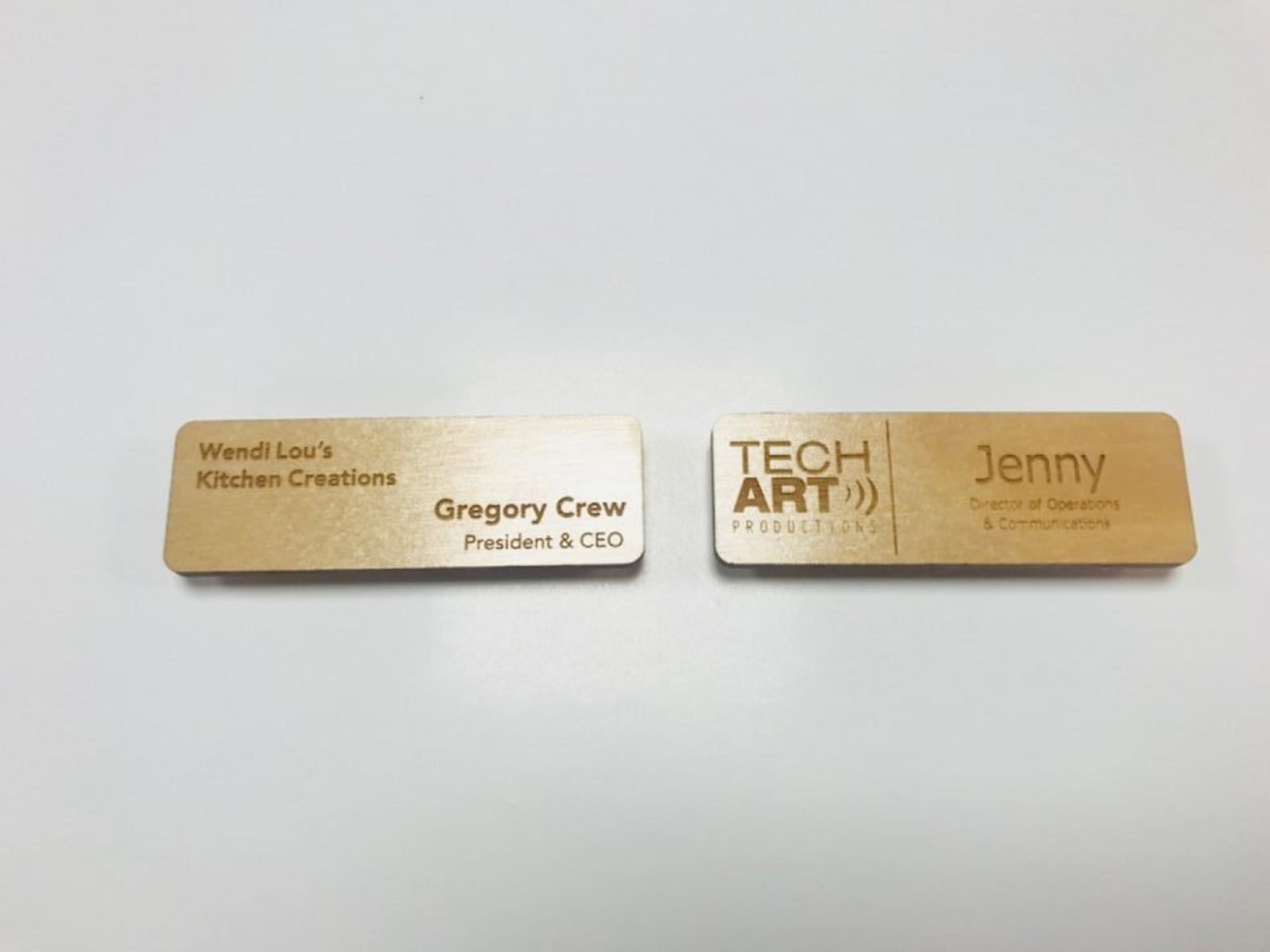

The companion "Hervue" was a clock that could run for eight days without being wound. In 1933, Heuer introduced the "Autavia", a dashboard timer used for automobiles and aviation (whence its name, from "AUTos" and "AVIAtion"). This model was soon followed by the "Semikrograph", a stopwatch that offered 1/50 of a second timing, as well as a split-second function (which allows the user to determine the interval between two contestants or events). In 1916 Edward Heuer's son, Charles-Auguste, introduced the "Mikrograph", the first stopwatch accurate to 1/100 of a second. The crown was at the 12 o'clock position, as these first wrist chronographs were adapted from pocket chronographs. Heuer introduced its first wrist chronograph in 1914. A top-mounted crown allows the user to set the time a button mounted in that crown operates the start/stop/reset functions of the "duration of trip" counter. A small pair of hands mounted at the top of the dial (12 o'clock position) indicates the duration of the trip (up to 12 hours). Designed for use in automobiles and aircraft, two large hands mounted from the center pinion indicate the time of day, as on a traditional clock. In 1911, Heuer received a patent for the "Time of Trip", the first dashboard chronograph. Įdouard Heuer patented his first chronograph in 1882 and in 1887 patented an "oscillating pinion" still used by major watchmakers of mechanical chronographs. In 1860 Edouard Heuer founded Uhrenmanufaktur Heuer AG (English: Heuer Watchmaking Inc.) in St-Imier, Switzerland. Heuer triple-date chronograph (circa 1955) TAG Heuer Carrera automatic chronograph with tachymeter 1860 through 1880s TAG Heuer's slogan is "Swiss Avant-Garde Since 1860". TAG Heuer maintains a watchmaking workshop in Cornol, Switzerland, and a watchmaking factory in La Chaux-de-Fonds. Jack Heuer, great-grandson of the founder, is the honorary chairman. TAG Heuer is based in La Chaux-de-Fonds, Switzerland, and is led by CEO Frédéric Arnault. The name TAG Heuer combines the initials of "Techniques d'Avant Garde" and the founder's surname. In 1999, French luxury goods conglomerate LVMH bought nearly 100 percent of the Swiss company. In 1985, TAG Group purchased a majority stake in the company, forming TAG Heuer. The company began as Uhrenmanufaktur Heuer AG, founded in 1860 by Edouard Heuer in St-Imier, Switzerland.
#Magnetic name tags that hold license
ər/ TAG HOY-ər) is a Swiss luxury watchmaker that designs, manufactures and markets watches and fashion accessories, as well as eyewear and mobile phones manufactured under license by other companies and carrying the TAG Heuer brand name. We also offer packs of 10 magnet backings for ad-hoc use.TAG Heuer S.A. Simply start designing your name badge, and be sure to select the Magnet fastener during step 3. Plus, magnets make it easy to take a badge on or off without fumbling with a small pin or other closures, which is perfect for people who need a quick and easy on/off or struggle with small, fine finger movements.Ĭawley offers reusable magnetic name tags and badges in a variety of styles, including our ever-popular metal magnetic name tags and plastic magnetic name tags.
#Magnetic name tags that hold professional
Magnetic backingsalso help name tags stay in place, so your employees will look neat and professional at all times.

For people who wear name tags every day and don't want their work shirts to sport tiny pin holes, this is a huge upgrade. The main attraction of a magnetic name tag is that it does not puncture holes in clothing, leave behind snags or loose threads, or otherwise damage clothing or work gear. We've noticed a huge uptick in our customers asking about and ordering name badges with magnetic backings, and it's easy to see why. In the last few years, magnetic name tags and name badges have become wildly popular in the identification industry.


 0 kommentar(er)
0 kommentar(er)
